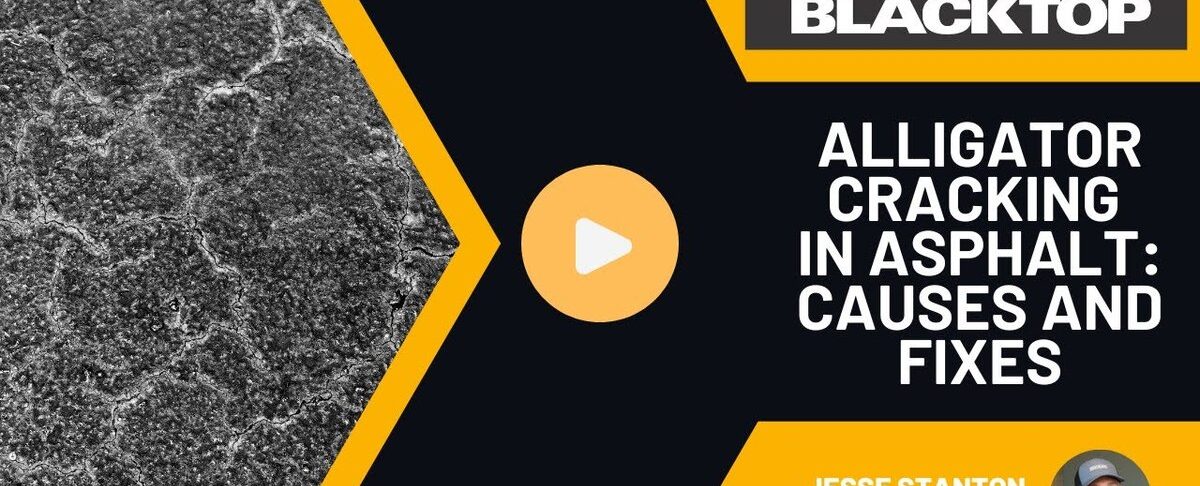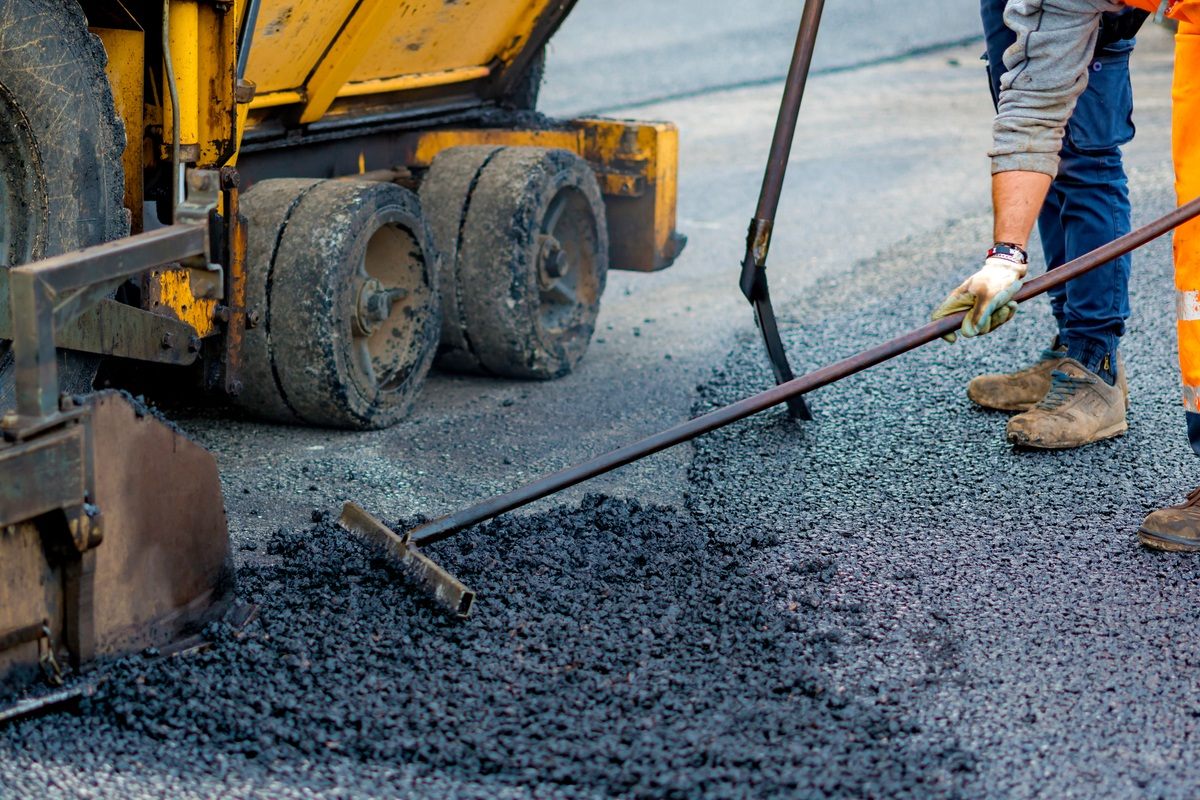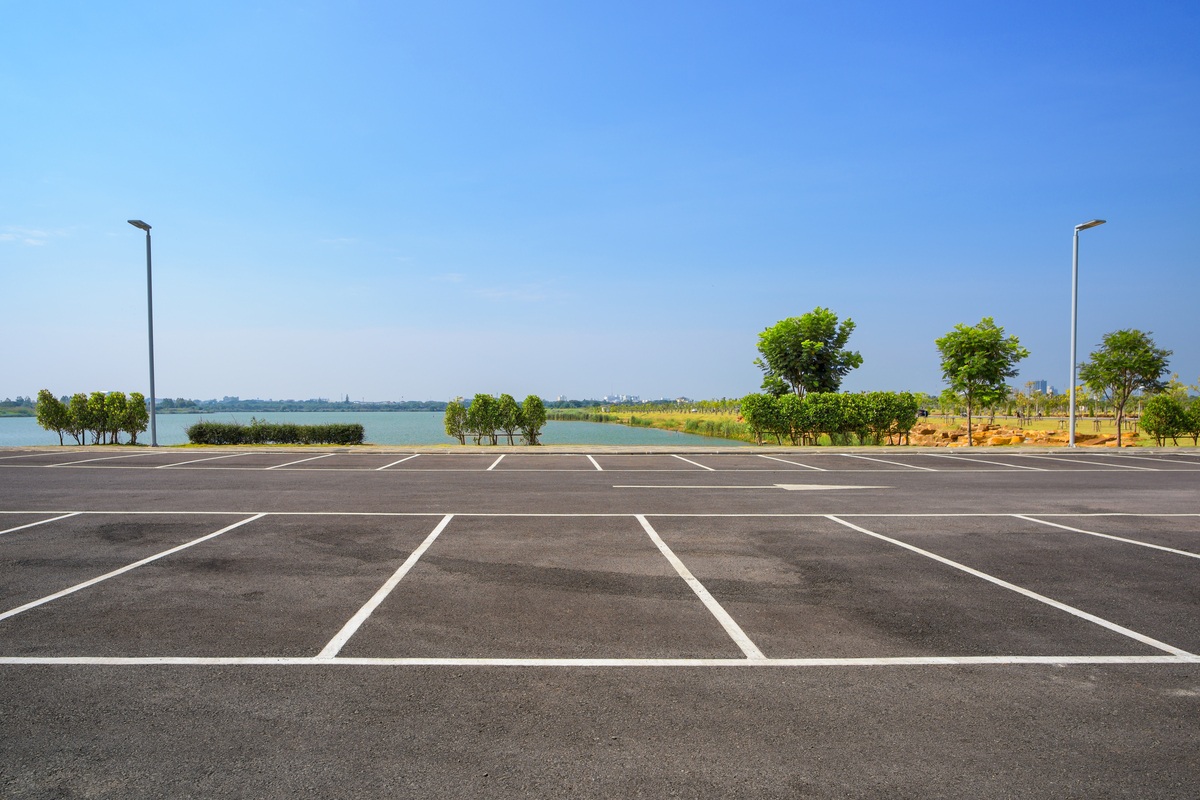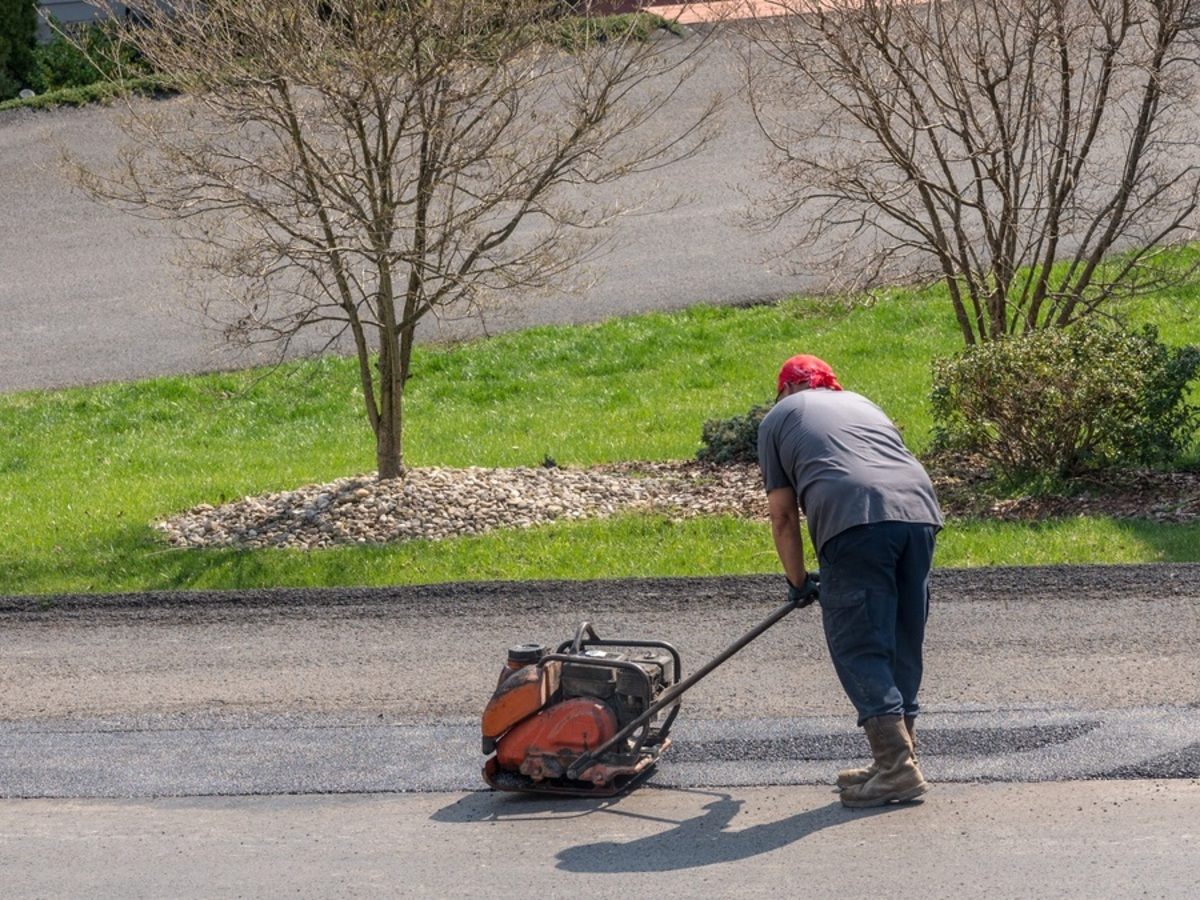When you notice a network of cracks forming on your asphalt pavement, resembling the scales of an alligator, it’s a sign of deeper structural issues. This type of deterioration, known as alligator cracking in asphalt, is more than just a surface-level problem. Left unaddressed, it can lead to severe pavement failure, requiring costly repairs or even a complete replacement. Understanding the causes of alligator cracking and the most effective ways to fix it can help property owners extend the lifespan of their asphalt surfaces.
What Causes Alligator Cracking in Asphalt?
1. Soil Movement and Poor Subgrade Conditions
One of the primary causes of alligator cracking in asphalt is the movement of the ground beneath it. This is especially common in regions with heavy clay soils or black dirt, which are highly susceptible to moisture changes. When the subsoil retains water, it expands and contracts with seasonal freezing and thawing cycles. Over time, this movement weakens the base layer and leads to the formation of cracks on the asphalt surface.
In contrast, areas with gravelly or sandy soils allow for better water drainage, which helps prevent excessive shifting of the subgrade. However, if an asphalt surface is laid on soil with poor drainage, the resulting movement beneath the asphalt can eventually cause cracking and pavement failure. Therefore, selecting the appropriate asphalt mix for residential use ensures a durable and long-lasting surface.
2. Heavy Traffic Load and Repeated Stress
Asphalt surfaces are designed to flex under pressure, but only up to a certain point. Continuous traffic, especially from heavy vehicles, applies repeated stress to the pavement. Over time, the subgrade compresses and rebounds with each load, causing gradual deterioration of the asphalt structure. This repeated cycle of stress and relaxation weakens the bonding between the asphalt’s components, resulting in cracks that start small but progressively widen and spread.
3. Insufficient Base Thickness
A properly constructed asphalt pavement relies on a stable base to distribute loads evenly. Standard driveway or road installations typically require a gravel base layer of 4 to 6 inches. However, in areas prone to subgrade instability, this thickness may not be sufficient. If the base layer is too thin, the asphalt cannot effectively support the weight above it, leading to premature cracking.
How to Fix Alligator Cracking in Asphalt
1. Cutting Out and Replacing Damaged Areas
The most effective way to repair alligator cracking in asphalt is to remove the affected area entirely, correct the base issues, and then replace the asphalt layer. This involves:
- Cutting out the damaged section
- Excavating the compromised subgrade
- Replacing the weak subsoil with fresh, stable gravel
- Compacting the new base layer
- Installing a fresh asphalt patch
By addressing the root cause of the problem, this method ensures a longer-lasting repair and prevents the cracks from reappearing.
2. Reinforcing the Base for Long-Term Stability
For driveways or roads prone to subgrade movement, reinforcing the base with additional gravel can be a cost-effective preventive measure. When contractors identify weak spots during an asphalt replacement project, they often remove extra material and replace it with up to 12-15 inches of gravel. This additional thickness helps distribute weight more effectively, minimizing future cracking.
3. Proper Drainage Solutions
Since water infiltration is a major factor in asphalt deterioration, improving drainage around the pavement is crucial. Property owners can reduce moisture-related damage by:
- Ensuring proper grading to direct water away from the asphalt
- Installing drainage systems to prevent water accumulation
- Using permeable gravel layers to enhance water dispersal
Don’t Wait! Get Professional Asphalt Repair Today
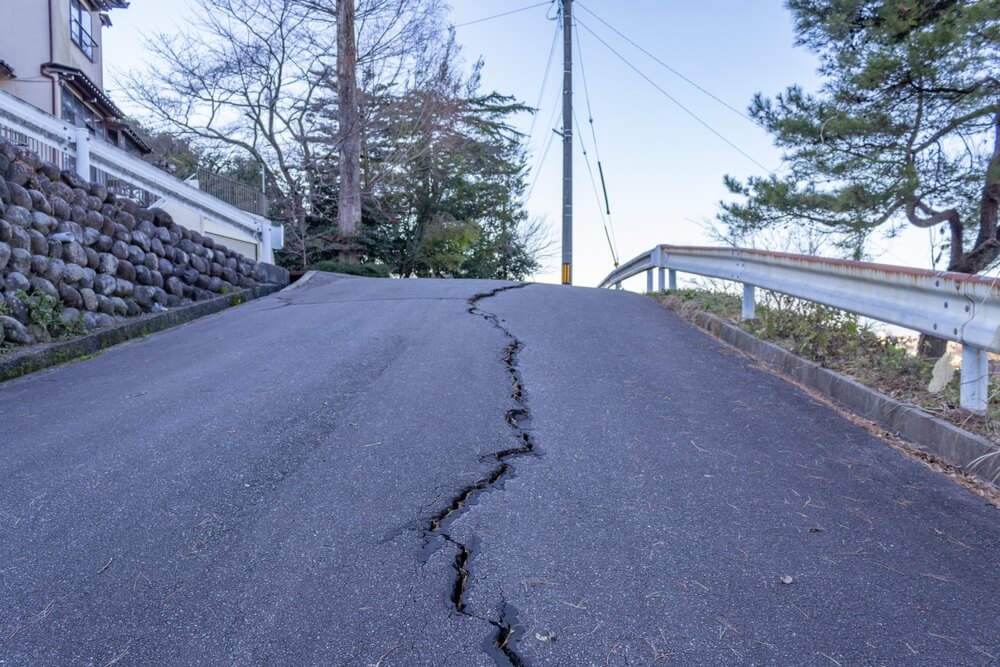
Alligator cracking in asphalt is a serious issue that signals deeper structural problems beneath the surface. While minor cracks may seem cosmetic, they often indicate subgrade instability, water infiltration, or an inadequate base. Temporary fixes like crack sealing or infrared repair may offer short-term improvements, but don’t address the root cause. The best approach to repairing alligator cracking involves removing the affected area, correcting the subsoil, and reinforcing the base with additional gravel before applying a new asphalt layer. These steps will ensure a stronger, more durable pavement that can withstand traffic and environmental conditions for years. Contact us at Richfield Blacktop today.




